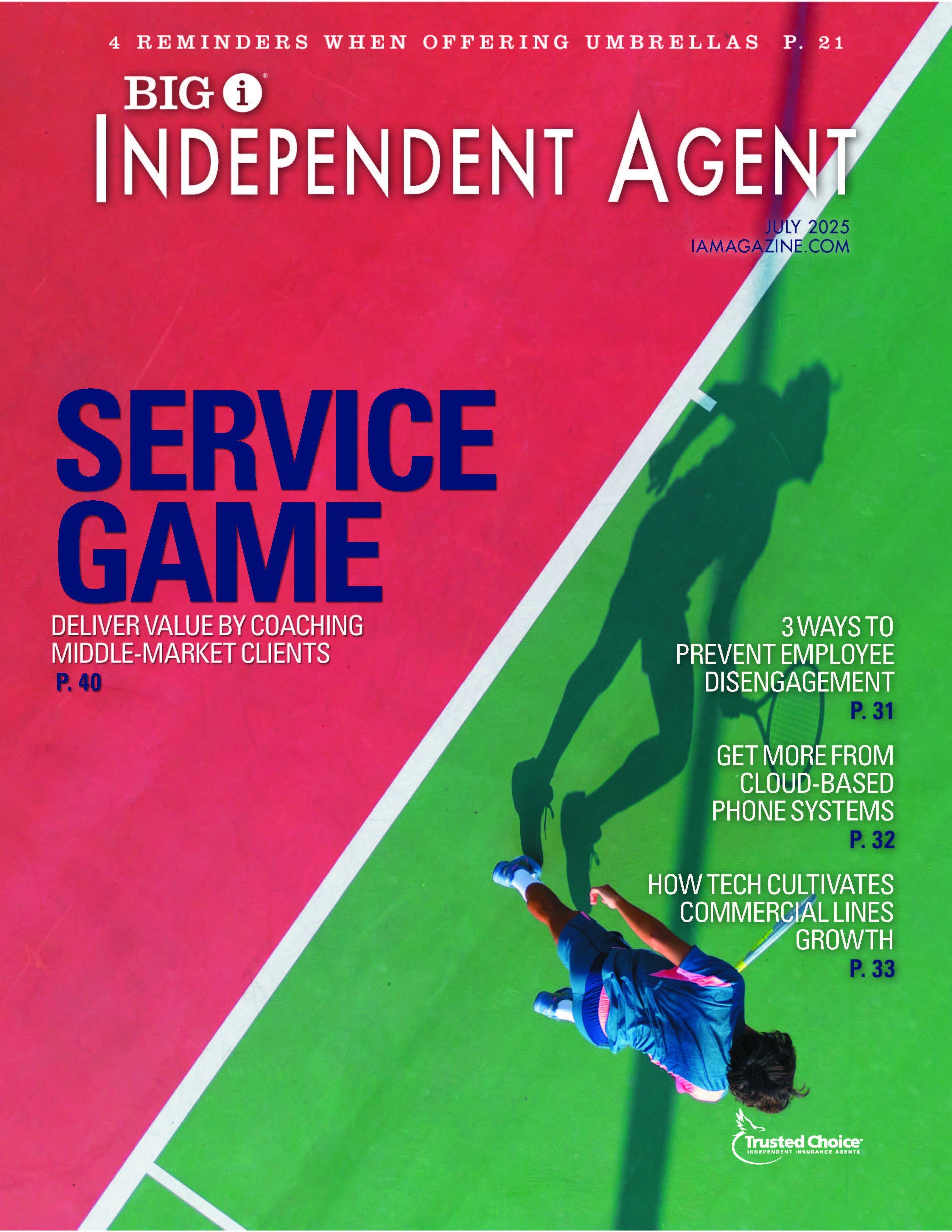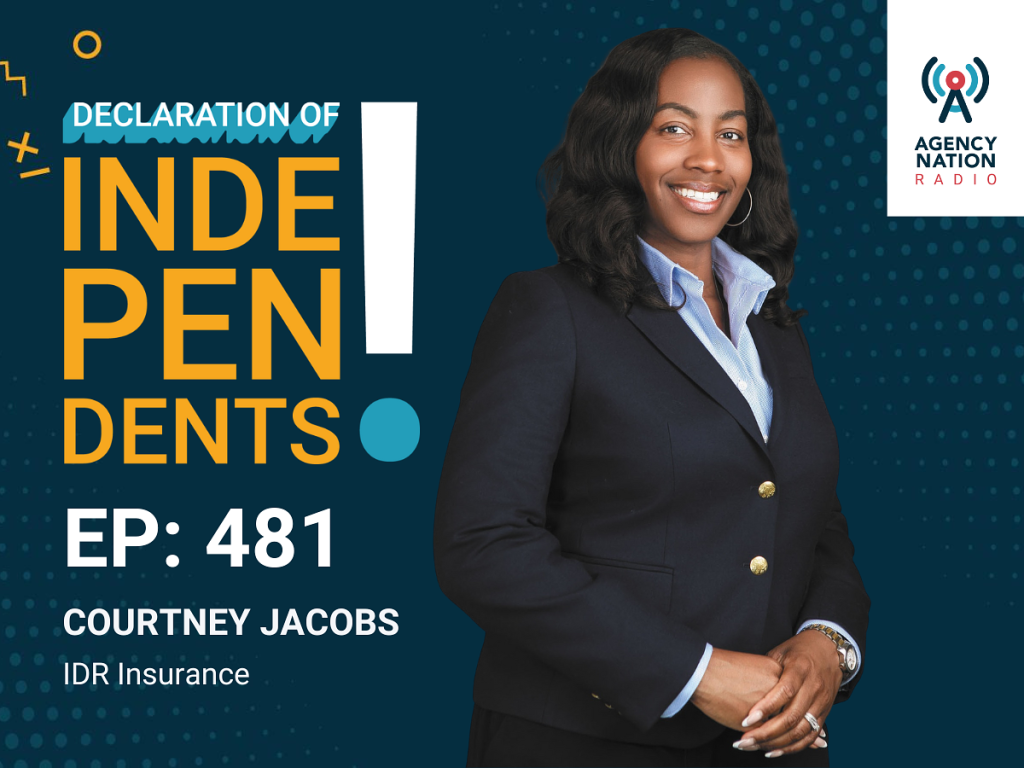Do Nonprofits Need Workers Comp and UM/UIM Coverage?

Q: Other than satisfying state requirements, does a nonprofit organization that has a workers compensation policy in force also need uninsured/underinsured motorist coverage?
Response 1: Yes, UM/UIM is needed in addition to workers comp. Unfortunately, not all businesses and nonprofits recognize this.
Workers comp only covers employees, usually not volunteers and never non-employee passengers, including children. As a nonprofit, your insured may offer rides to the children or others they serve. Providing it with UM/UIM coverage is a great service to all non-employees in the vehicles.
Workers comp is only active when employees and owners—if covered in the workers comp policy—are in the course of employment. Business owners may say that only employees are ever in the vehicles. Even if that’s true, employees may drive the vehicle outside the course of employment, when workers comp coverage is not active, such as driving a car back and forth from work to home or using a car for personal errands.
If employees have corporate vehicles that they are allowed to use personally, the UM/UIM coverage is important unless the employee has arranged coverage elsewhere to apply while using the corporate vehicle. Note that in some personal auto policies, the PAP UM/UIM might not apply to a vehicle regularly available to the person and not listed in that PAP.
In addition, while workers comp coverages are rich in the what they cover, they are not total. Wage loss coverage is usually capped at 66% and subject to state maximums. Also, workers comp does not include pain and suffering. With UM/UIM coverage, an injured employee can receive more benefits, including higher wage loss and pain and suffering compensation.
Response 2: I have an example where my insured wished it had chosen lower limits. An employee driving a passenger van was injured in a not-at-fault rear end collision. Workers comp paid $80,000 and covered all medical and indemnity. The employee filed a claim against the at-fault driver, whose minimum limits were exhausted. My client’s UM/UIM coverage paid an additional $250,000. At renewal, my client’s commercial auto fleet coverage premium rose by $350,000.
This was quite a blow to the nonprofit’s budget. The next year, it chose a $50,000 UM/UIM limit. As a nonprofit, although it felt a moral responsibility to take extra care for everyone in their vehicles, including all employees and passengers regardless of fault, it felt that providing full limits exposed its coverage to loss unnecessarily—and the added future cost of insurance put other parts of their nonprofit mission in jeopardy.
Although some states have a minimum, I am not aware of any state that requires a high UM/UIM limit. If the insured has a $1 million combined single limit, it can choose a lower UM/UIM limit. Since it does not cover your insured’s legal liability, many commercial insureds choose to reject it completely, choose lower UM/UIM limits or purchase economic-only damages options when they are available.
I walk my customers through these questions: Who drives and rides in the vehicles? Are they all covered by workers comp? Is personal use allowed? Will children be in the vehicle? If an employee or passenger is injured off-duty, how large might the employee out-of-pocket maximum be on their health plan? Do you feel responsible for the people in your vehicle regardless of fault? How responsible do you want to be—$50,000, $100,000 or $1 million?
When I guide a client through these questions, I am often surprised by the answers. $50,000 or $100,000 is a common choice, depending on the options available in a specific state or from the insurer.
I also ask them to consider other ways to care for employees and their vehicles instead of relying on UM/UIM. For instance, uninsured motorist bodily injury insurance helps even if there is no one else to blame. Uninsured motorist property damage is also useful if the vehicle is worth insuring.
Response 3: I personally never recommend that a client reject UM/UIM, even if there is some crossover between the UM/UIM and workers comp. Of course, it’s ultimately the client’s choice, but there are a few reasons why I encourage carrying this coverage so strongly.
UM/UIM coverage applies to passengers of vehicle, even if they’re not employees. Workers comp only applies to employees. While it may be unlikely that a non-employee will ever drive or ride in your client’s vehicle, it’s still possible. For the low cost of the UM/UIM coverage, I would want to prevent any potential problems, no matter how unlikely.
UM/UIM losses generally are not counted against an insured. Workers comp losses can directly and negatively affect the insured’s experience modification rating. Sometimes this can be quite costly. So, if there’s another place to put the loss that won’t negatively impact the client, that’s worth something.
Attorneys in some states view losses with insufficient UM/UIM limits as “open season” on agencies. Whenever this issue arises, it’s almost certain to result in an errors & omissions claim. In my opinion, it’s better to close and deadbolt that door whenever possible.
Finally, UM/UIM coverage tends to be very inexpensive.
Read “UM Coverage—Benefits Beyond Medicals Bills” by Bill Wilson for more information.
This question was originally submitted by an agent through the Big “I” Virtual University’s (VU) Ask an Expert service, with responses curated from multiple VU faculty members. Answers to other coverage questions are available on the VU website. If you need help accessing the website, request login information.
This article is intended for general informational purposes only, and any opinions expressed are solely those of the author(s). The article is provided “as is” with no warranties or representations of any kind, and any liability is disclaimed that is in any way connected to reliance on or use of the information contained therein. The article is not intended to constitute and should not be considered legal or other professional advice, nor shall it serve as a substitute for obtaining such advice. If specific expert advice is required or desired, the services of an appropriate, competent professional, such as an attorney or accountant, should be sought.







